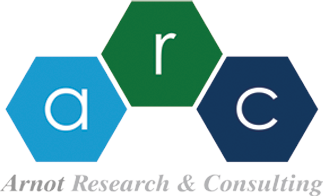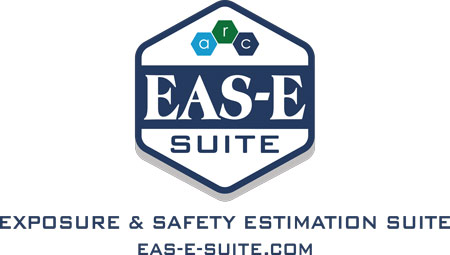MODELS
The models that were available for free download are now in the free on-line
Exposure And Safety Estimation (EAS-E) Suite platform.
The Bioaccumulation Assessment Tool (BAT)
The Bioaccumulation Assessment Tool (BAT) is available for free download here.


